Is anyone familiar with these silver(?) rounds/medals?
These were posted by a member at another forum who inherited them and is trying to learn what he can about them, metal content, etc. They are marked on the reverse with CCS- '66 on all but one of them. That one (Bunker Hill) is marked CCS- '67. He said he has about ten different designs, none are marked with silver content or weight, and they "just don't look right" so he is just not sure what he has. Thanks for any help with them.
Edited to add he also said they weigh about 0.9 troy ounces each and the first one shown has the number 1048 carefully stamped into the edge, clear digits, etc. He didn't say if the others were marked like this.
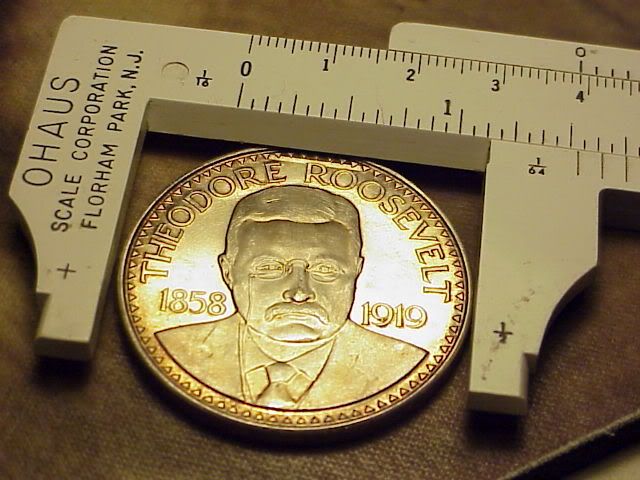
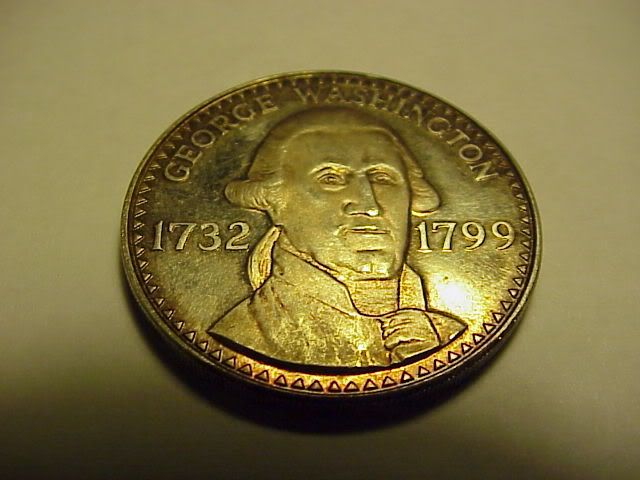
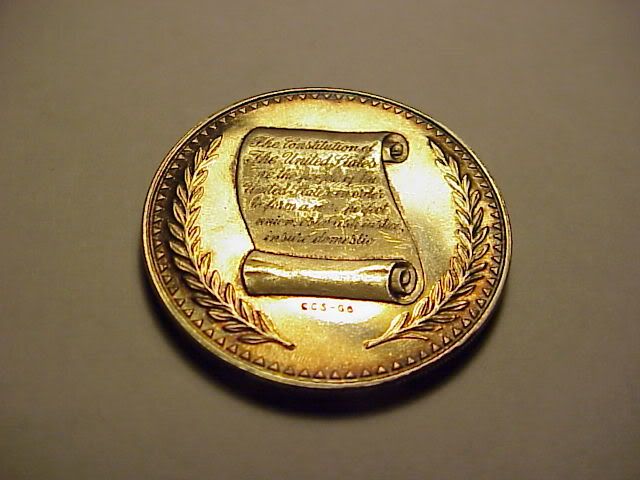
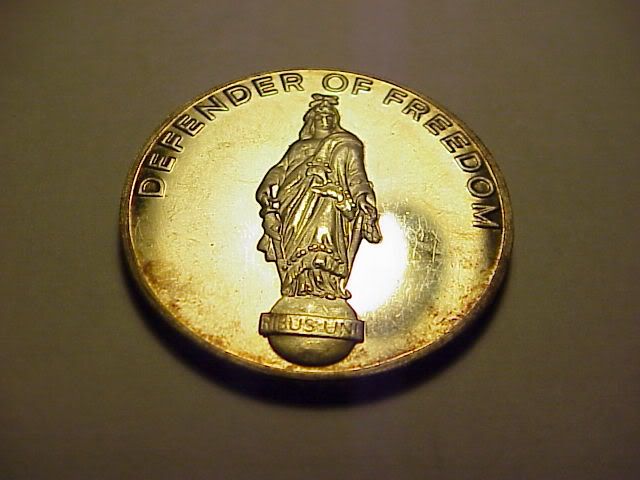
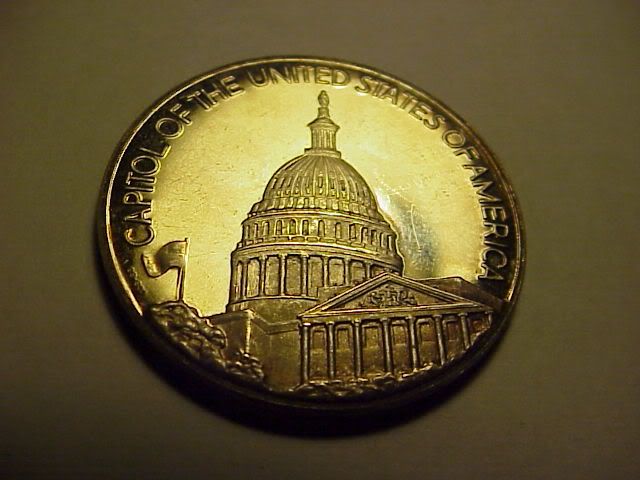
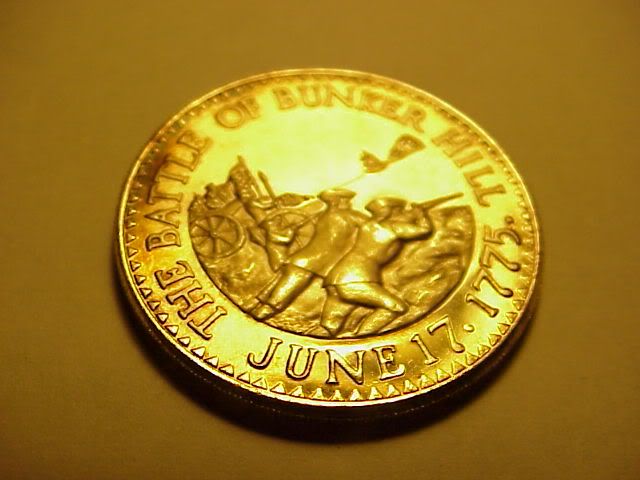
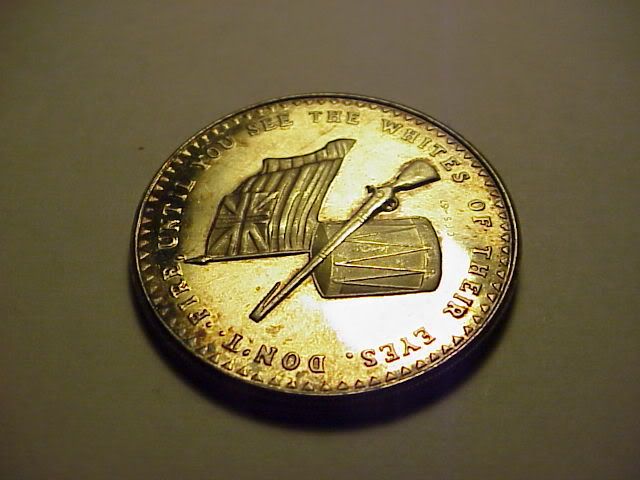
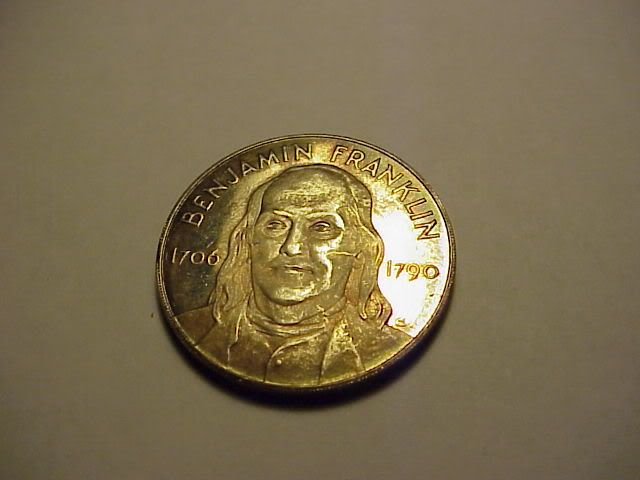
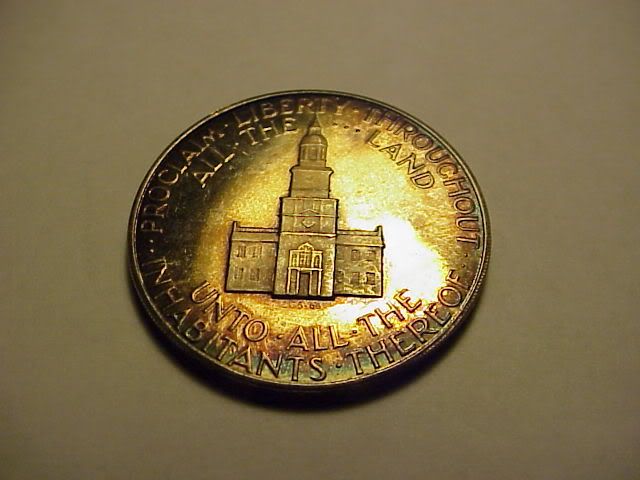
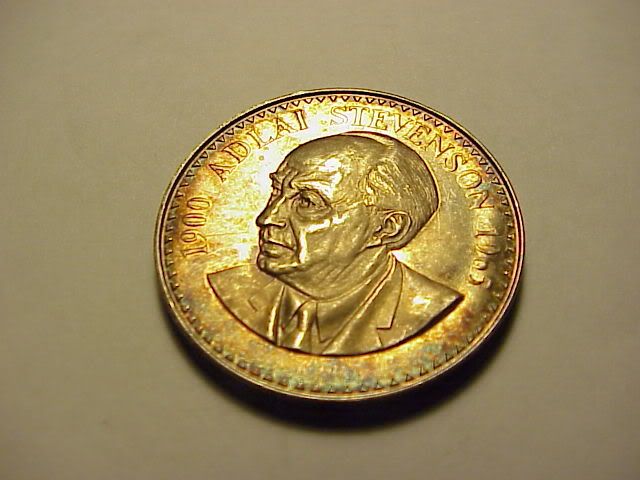


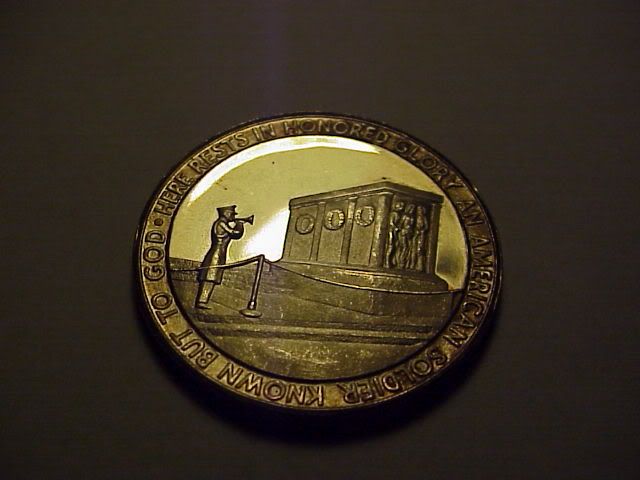
Edited to add he also said they weigh about 0.9 troy ounces each and the first one shown has the number 1048 carefully stamped into the edge, clear digits, etc. He didn't say if the others were marked like this.













Bob
0
Comments
Calhoun's Collectors Society
Calhoun Collector's Society was a mail-order company that sold various collectibles such as plates, stamps, first-day covers, rounds, etc in the late 70s until the mid-80.
I suspect these Rounds have little value above melt.
<< <i>Thanks, you both did better than me. I didn't have a clue. Does anyone know if they are .999 silver? The owner said they didn't look right to him. His photos have a lot of variation but they look like silver to me. >>
If they were issued in the 70's w/o being market, my guess...probably silver plate or some other alloy.
<< <i>Thanks, you both did better than me. I didn't have a clue. Does anyone know if they are .999 silver? The owner said they didn't look right to him. His photos have a lot of variation but they look like silver to me. >>
I have never seen them, though I know the name Calhoun Collectors Society.
I see a date of "66" on two of them. Back in the mid-60's when the Franklin Mint was getting started they often did not put the fineness on their medals, and the lack of a fineness on these medals or other medals from the 60's does not mean that they are not silver.
Try a ring test. Balance one on the tip of your finger and tap in on the rim with a metal rod (a tenpenny nail works great). Silver will ring with a tone that lasts a long time. You might wish to use an ordinary silver dollar for a comparison test.
Non silver will ring for a much shorter time.
Of course, specific gravity is always the best test.
TD
<< <i> (a tenpenny nail works great) >>
Every day I learn something new! Thanks.
Now, if you don't min Capt, how does the specific gravity test work?
I googled it but couldn't understand.
<< <i>
<< <i> (a tenpenny nail works great) >>
Every day I learn something new! Thanks.
Now, if you don't min Capt, how does the specific gravity test work?
I googled it but couldn't understand. >>
When you put a solid object in water, it displaces a volume of water. If the object weighs more than the volume of water, it sinks. If it weighs less than the volume of water, it floats. A battleship hull made of 12-inch thick steel can float because the overall hull, which is essentially hollow, displaces a greater weight of water than the weight of the hull.
Different metals are of different densities. An ounce block of aluminum is relatively large, and when placed in water displaces a large amount of water. Copper is much denser that aluminum, so an ounce of copper is much smaller, roughly one-fourth the size of the ounce of aluminum, and would therefore displace much less water than aluminum. Gold is much denser than copper, roughly one-half the size of an ounce of copper, so it displaces much less water than copper.
You can measure the density of a metal by measuring its displacement. Weigh the object normally and write down the dry weight. Then weigh it suspended in water (Ohaus makes a triple-beam balance that is great for this, because they is a place to put a beaker of water with a hook above it to suspend the object from). Write down the wet weight. Subtract the wet weight from the dry weight, write that down, then divide the difference back into the dry weight. The result is the specific gravity of the object.
If the object has a low density, the displacement of water will be large, and the s.g. will be low. Aluminum is somewhere in the 2.7 area. If the object is made of pure silver, the s.g. should be 10.49. An alloy of 90% silver, 10% copper is around 10.34. If it is pure gold, the s.g. should be about 19.5. 90% gold is about 17.14.
A margin of error of about 0.10 should be expected on an s.g. test, especially if the object if relatively small. Watch out for air bubbles forming on the object in the water, which can reduce its wet weight. A tiny drop of Ivory liquid soap can be used in the water to reduce bubbling, and surface tension where the hanger emerges from the water.
TD
Now it is clear, I missed the part where the object has to be suspended in water.
I knew it would happen.